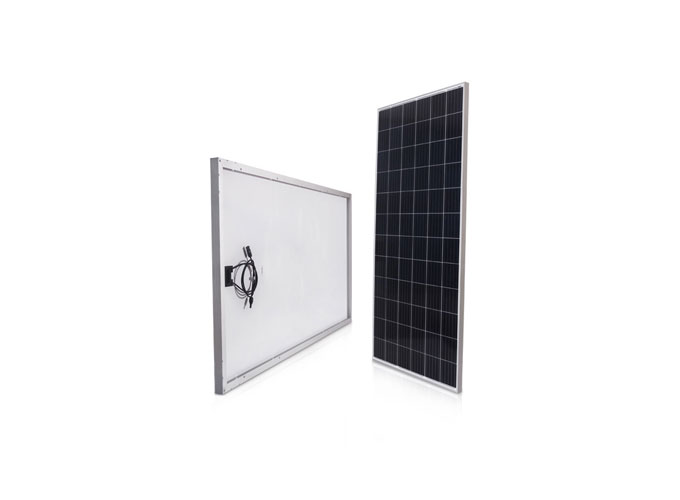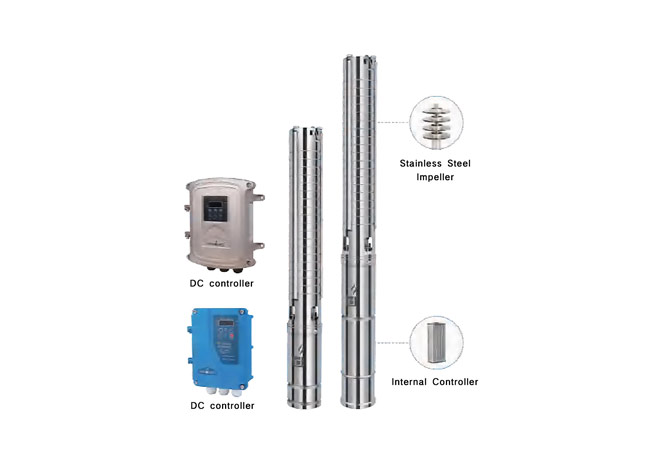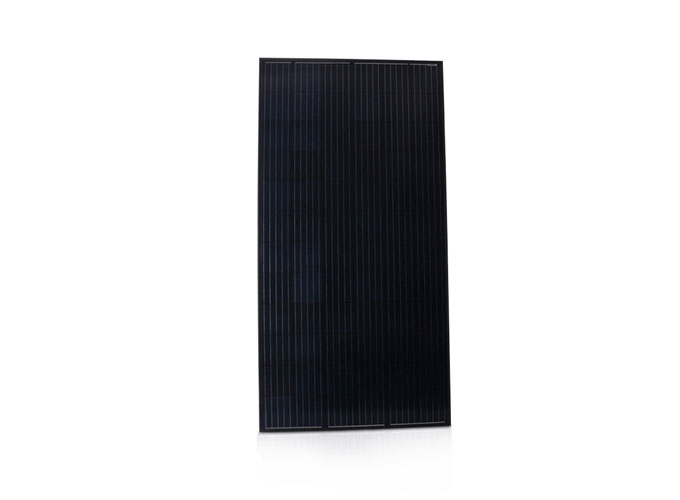1. The working principle of solar pump with battery backup
The solar powered water pump with battery backup uses the energy of the sun to pump water. It is a good choice when the pumping capacity is relatively small, the running time is limited, and the sunshine is sufficient. Electricity is also a challenge. This type of solar powered water pump with battery backup is often used with basins, fountains, and small ponds. Reservoirs and water tanks that only need to be pumped occasionally but also are ideal for solar water pumps.
Solar panels convert solar energy into electricity, which can be used to operate water pumps. Solar powered water pump with battery backup usually uses 12 volts DC. The solar panel converts solar energy into direct current to power the water pump, which means it can only work when there is plenty of sunlight. As no batteries are involved, it is considered with low maintenance.
2. Daily operation of solar pump with battery backup
On sunny days, solar pump with battery backup can run for up to 6 hours. Solar water pumps usually run for 4 to 6 hours a day in sunny conditions. On cloudy days or intermittent cloudy days, the running time of the pump will be shorter.
The solar panel designed for solar energy operation is highly efficient and durable. Its output power is about twice larger than its equivalent alternating current (AC), and its duration is twice than that of its equivalent alternating current (AC).
When purchasing poly solar panel separately, it is important to ensure that the panels can provide enough power for the water pump. Adding a charge controller to the system can eliminate potential damages. Although standard sewage pumps can be adapted to solar power generation systems by using current inverters, they still have low efficiency and require larger solar panels to offset their lower cost. On the other hand, DC pumps usually cannot produce the same amount of flow as that of the AC water pump.
You can add a battery system to the solar pump with battery backup, which can pump water on demand within the storage capacity of the battery, regardless of the available sunshine. However, the battery adds considerable cost and complexity to the system, and its cost may be higher than the sum of other equipment all together. They can also reduce the flow of the pump by reducing the operating current. The battery must be safely placed on the component and may be damaged by extreme temperatures.
If the solar power generation system runs continuously, a backup battery is essential. Many manufacturers and retailers provide complete solar water pump solutions with battery backup. These complete systems are equipped with all the components needed to operate the pump.




